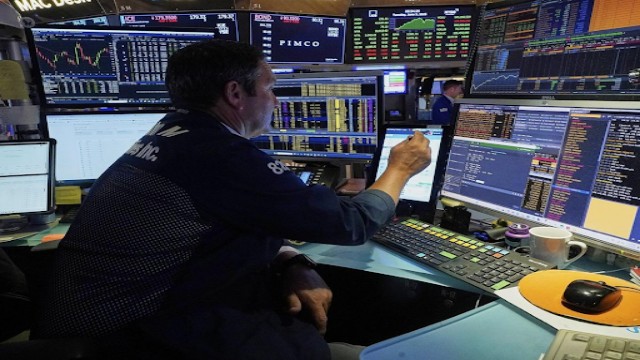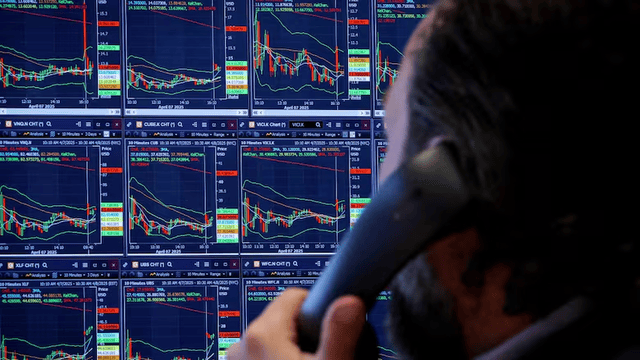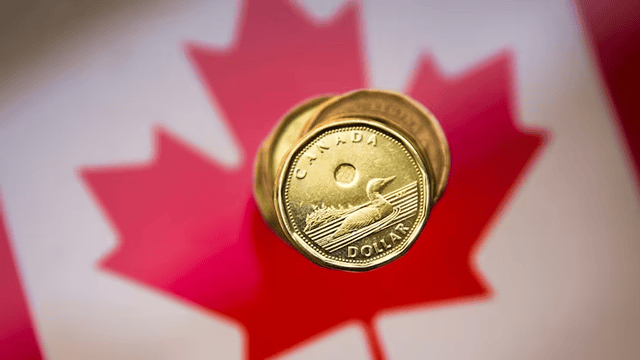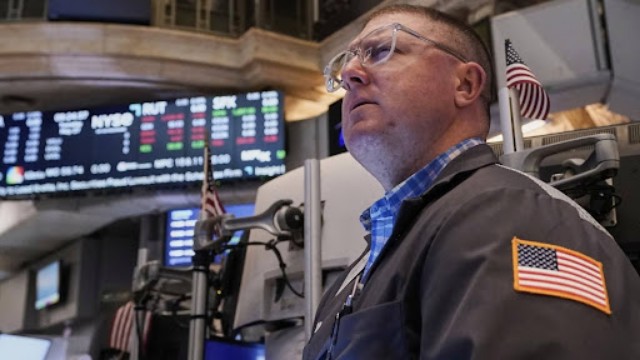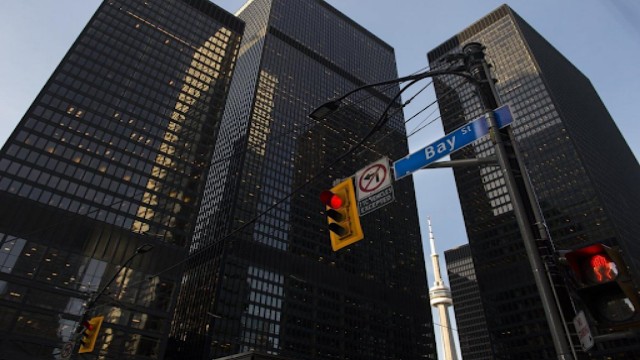
Bay Street in Toronto’s financial district is seen on Wednesday, March 18, 2020, captured by Nathan Denette for The Canadian Press.
Markets faced fresh pressure Wednesday as the U.S. hiked tariffs on Canadian steel and aluminum, pushing the S&P/TSX composite index down nearly 100 points by the end of the day. Despite the hit, investors seemed more composed than during previous rounds of tariff drama under Donald Trump.
The Toronto Stock Exchange closed at 26,329.00, down 97.64 points, reflecting a cautious mood. In the U.S., the Dow Jones also slipped, losing 91.90 points to settle at 42,427.74. The Nasdaq, however, gained 61.53 points, and the S&P 500 barely nudged upward.
A Calmer Market Reaction — For Now
Market expert Brianne Gardner of Raymond James pointed out that earlier in the year, similar tariff tensions triggered severe market swings. Back in April, even the mention of tariffs could cause a 3–4% dip in a single day. But this time, she noted, investors seem slightly more immune.
She credits this to the idea that investors are learning to expect unpredictability from Trump, even coining the term TACO — short for “Trump Always Chickens Out.” The phrase reflects how often the former president has walked back on harsh tariff decisions. But this time, Gardner fears Trump may stick to his guns, especially after learning of the TACO nickname.
“He might take it personally,” she said. “And that could push him to double down on the tariffs.”
The U.S. doubled tariffs on Canadian steel and aluminum to 50% at midnight, causing ripple effects in multiple sectors — especially energy.
Energy Sector Feels the Pressure
Crude oil prices dipped, with July contracts falling by 56 cents to US$62.85 per barrel. Natural gas remained mostly flat at US$3.72 per mmBTU, but the overall mood in the energy sector was dim, thanks to rising tensions and uncertainty.
Economic News Adds to Investor Unease
Beyond the tariff tension, investors digested more economic updates from both sides of the border.
In Canada, the Bank of Canada held its key interest rate steady at 2.75%, marking the second consecutive pause. This was widely expected, given recent slowdowns in manufacturing and productivity. Gardner saw this as another sign that the Canadian economy might be softening.
In the U.S., two reports fueled concern. First, service sector activity — including retail and finance — fell when economists had predicted growth. Businesses cited tariff unpredictability as a major obstacle in planning ahead.
The second report showed that private employers hired just 37,000 workers, a steep drop from 60,000 the previous month, according to ADP. The weak hiring data added to anxiety about slowing economic momentum.
Mixed Day for Commodities
Gold prices surged, with August contracts rising by US$22.10 to US$3,399.20 an ounce. Copper also gained, climbing six cents to US$4.89 per pound. Investors often turn to these metals as safer bets during periods of instability.




